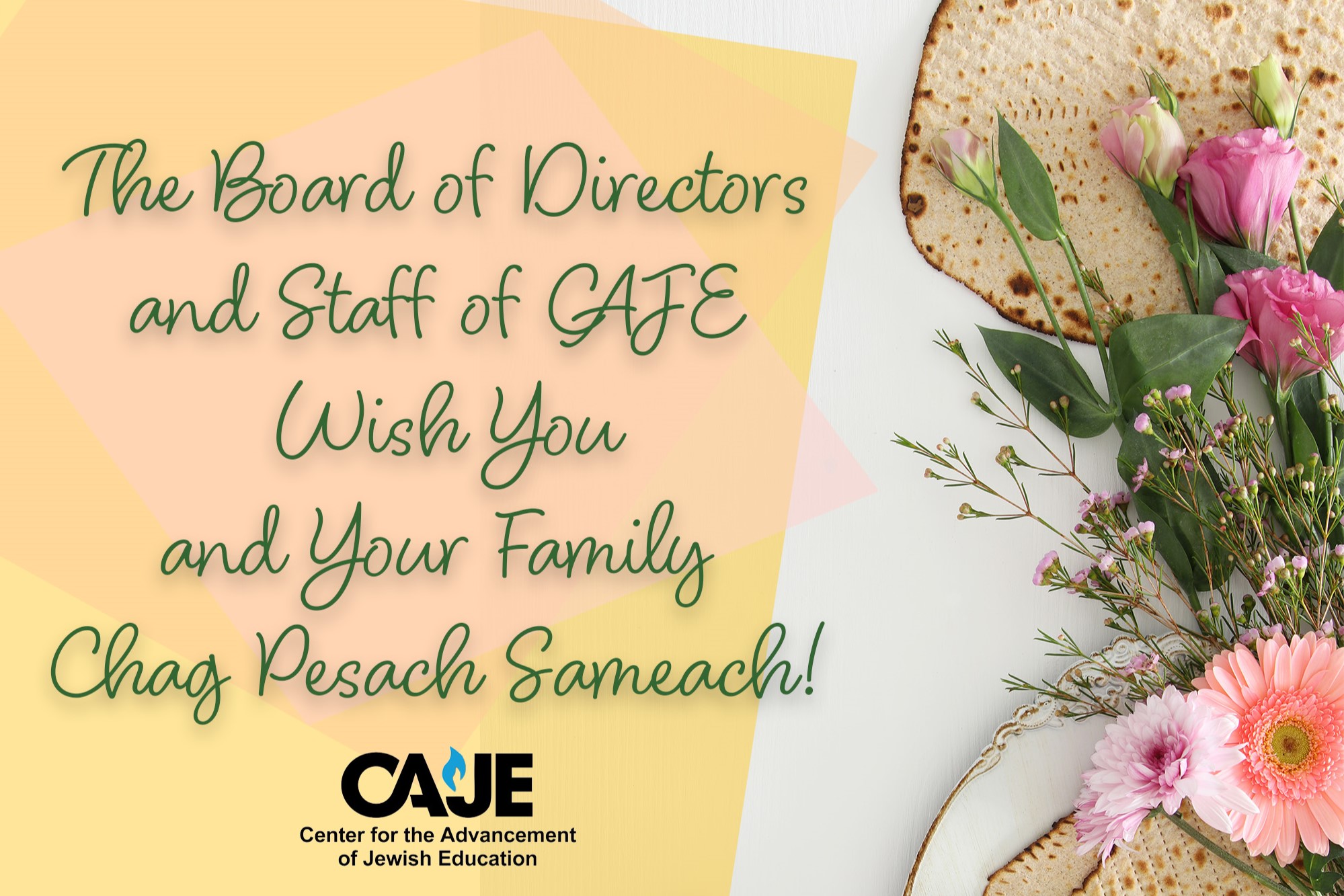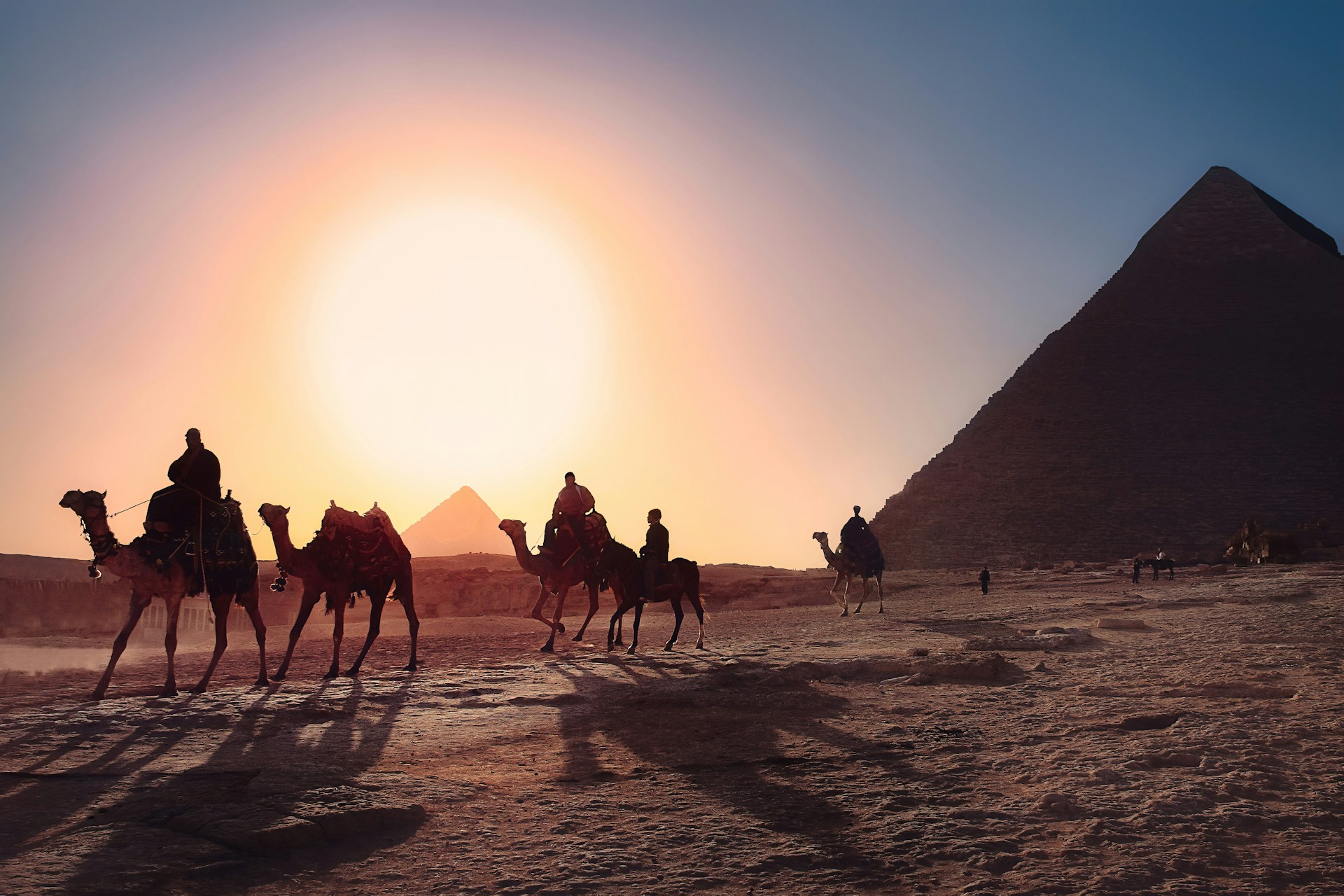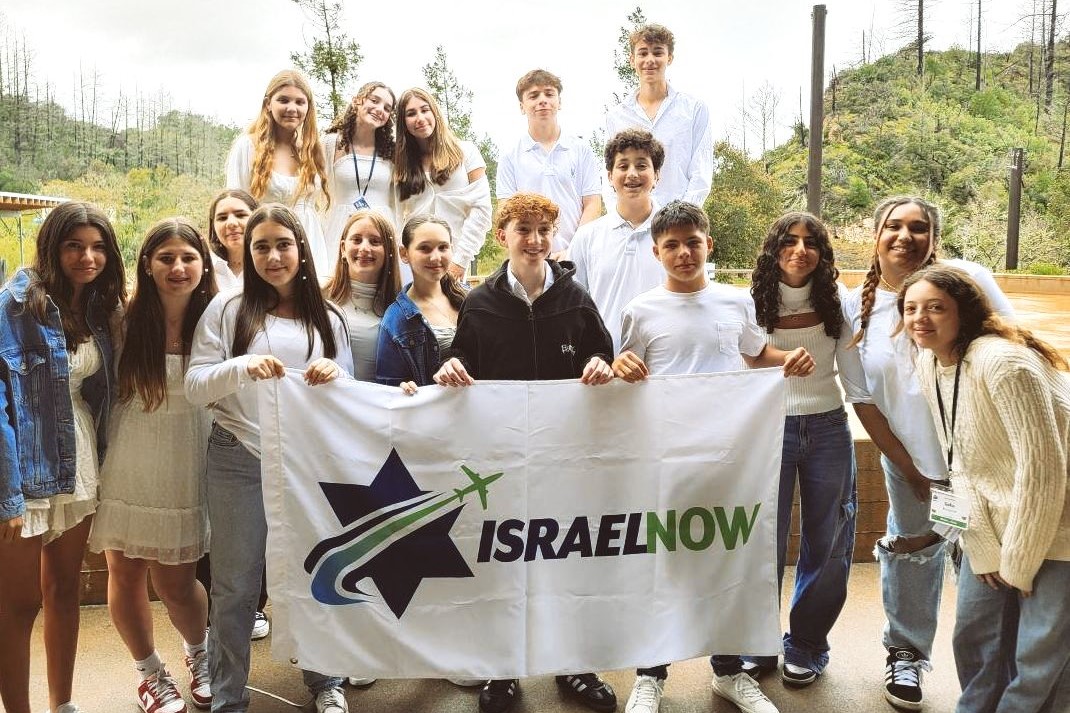Pesach: How to Preserve Our Freedom

This Dvar Torah is written by Rabbi Ed Farber, a member of CAJE’s Adult Learning (Melton & More) faculty, who serves as Rabbi Emeritus at Beth Torah Benny Rok Campus in North Dade. This summer he will be teaching a course entitled "A Time for War, A Time for Peace: A Look at Jewish Sources About the 'Ethics of War,’ ‘Wars of Obligation’ and Wars that are Immoral."

Photo by Oskars Sylwan on Unsplash
The Pesach seder is an event filled with symbols that have dual and opposite meanings; likewise, there’s a subtext of argumentation. It’s ‘organized’ argumentation - like the Talmud - but built into the Haggadah (the “script’ of the seder) is debate and even conflict among the participants.
Take the salt water, as an example. We grew up understanding that it is the tears shed by the slaves who were in pain and despair as they built Pharoah’s storehouses. Absolutely true! But the salt water also represents the ‘Red Sea,’ which was split at and points to the moment of our people’s redemption!!
We begin the Maggid (the middle and story) section of the seder by lifting up the matzah plate and declaring it to be the “Bread of Affliction.” But towards the end of the seder when the meal is being completed, we eat the Afikomen - another piece of Matzah from that same plate- but this is the matzah of redemption, which the Israelites ate as they left Egypt as free people.
Similarly, due to Pharaoh’s we diminish one cup of wine to express our sadness at the necessity of the suffering of the Egyptians intransigence, but then we pour another cup of wine filled to overflowing, as a symbol of our hope that Elijah the prophet will usher in the ultimate redemption.
Then we have the four types of children present at the seder (who also represent the four stages that every person goes through as s/he grows from childhood to puberty to adulthood).
There is the Haham - the one who asks good questions with good motives and wants to learn. But immediately after them comes the Rasha - the rebellious one - who asks an angry question and separates him/herself from our people.
Yes, the claim of the rebellious one is right there in the text; their argument is there for us to repeat every year.
But here’s the key! The rebellious one is there – s/he is at the table. They came home for the seder - with a sour look and a nasty attitude, but they are there at the table.
And the answer from the parent is not: Leave the table! Go to your room! Take a time out! The parent’s answer is directed to the argument made: By disconnecting yourself from Jewish history and peoplehood, you are saying that we should still be enslaved in Egypt.
In other words, if you disconnect from your story - this story - then you are denying the truths that this story taught the world:
- No power, no dictator has the right to enslave another nation or another human being.
- Freedom is not just leaving slavery; it is also going to Mt. Sinai to learn how to establish a nation/ society based on justice, fairness and concern for the most disadvantaged members of that society.
It is a harsh debate that the parent and the rebellious young adult engage in and yet, it’s right there at the table. As long as the Rasha is at the table, there is hope for reconciliation and compromise. There is the possibility of learning from each other.
The arguments are strong, but neither party is banished from the table or the Haggadah itself.
And finally, an example of debate amongst the Rabbis themselves. There are two different responses to the question: Why is this night different from all nights?
The first is that we were slaves in Egypt who were freed and that is the reason we are observing this holiday.
The other is that we were once idolaters who didn’t understand the truth of the One God and that morality, justice and ethics that flow from that One God and is incumbent on all of humanity. Then we were redeemed from that paganism, which had contributed to the establishment of unjust, abusive societies like Egypt.
One redemption was from physical slavery, and the other was from spiritual/ intellectual enslavement.
Why does the Haggadah include both of these answers?
Because they reflect a debate in the Mishnah (2nd century CE) between two teachers - Rav and Shmuel. And the ‘judgment’ of the editors of the Haggadah is that both ideas contain truth so both need to be recorded and learned.
The Haggadah that we read at the seder is a book that reminds us of all the different meanings of the Exodus from Egypt and the different interpretations.
It reminds us of the alienation in every generation of some of our children and the importance of acknowledging their alienation and keeping them at the table to continue the debate. Their views might be offensive, but they get to be aired anyway.
In the end, that is the only way to preserve freedom – maintaining open debate, recognizing there are numerous interpretations, and keeping everyone at the table.
Maybe that’s why there are four cups of wine - after so much debate and hearing from the alienated child we need a stiff drink! But don’t worry there is always the cup of Elijah to remind us of hope and a better future.
May your Seder tables be blessed with the presence of dear family and friends and some really good debates!!!
Chag Kasher v’Sameach.
Shabbat Shalom




